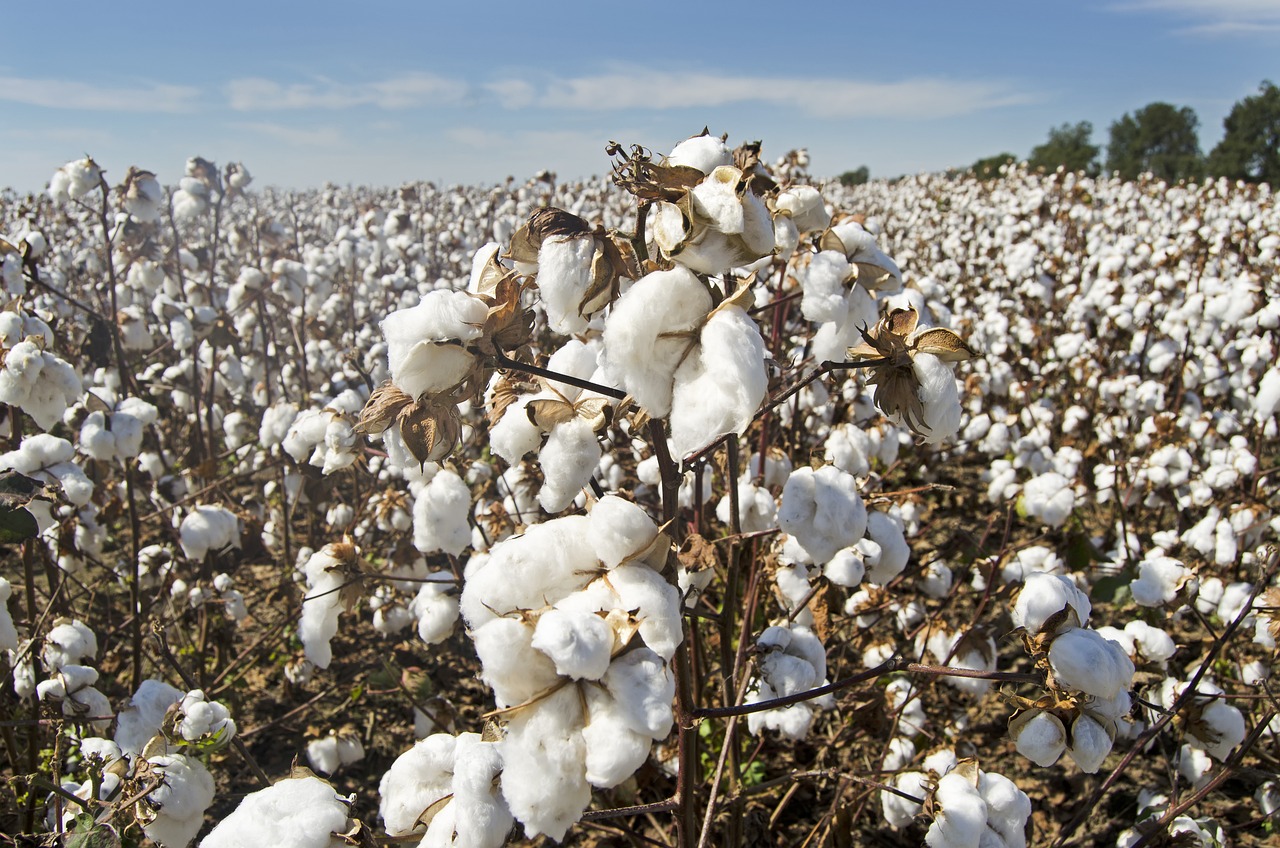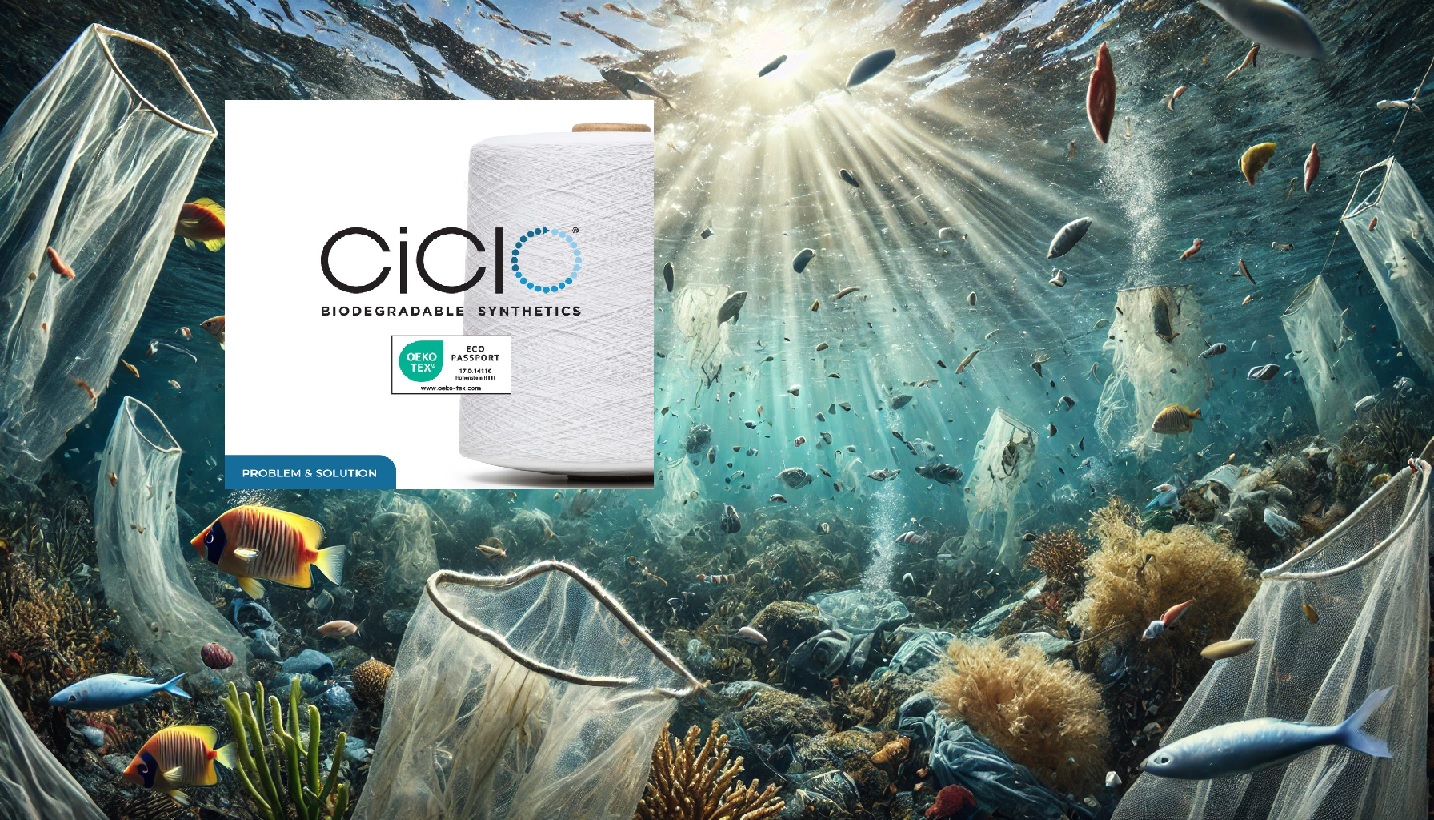What is organic cotton?
– Organic cotton is cotton that is grown without the use of synthetic fertilizers and pesticides, which can harm the environment and human health.
– Organic cotton farmers use natural methods to control pests and weeds, such as crop rotation, intercropping, biological control, and organic manure.
– Organic cotton also prohibits the use of genetically modified seeds, which can pose risks to biodiversity and food security.
Why is organic cotton more sustainable than conventional cotton?
– Organic cotton uses much less water than conventional cotton, which is one of the most water-intensive crops in the world. According to various sources, organic cotton uses 88% to 91% less fresh water than conventional cotton, because most of it is grown in rain-fed areas and has healthier soil that retains more moisture.
– Organic cotton also uses much less energy than conventional cotton, which relies heavily on fossil fuels for fertilizers, pesticides, and processing. A life cycle analysis of organic cotton found that organic cotton could be processed using a third of the energy as conventional cotton.
– Organic cotton reduces greenhouse gas emissions by avoiding synthetic chemicals and enhancing soil carbon sequestration. A study estimated that organic cotton could reduce the global warming potential of cotton production by 46% compared to conventional cotton.
– Organic cotton protects soil health and biodiversity by avoiding chemical inputs that can degrade soil quality and kill beneficial organisms. Organic cotton also promotes crop diversity and rotation, which can improve soil fertility and prevent pest outbreaks.
– Organic cotton supports human health and well-being by avoiding exposure to toxic chemicals that can cause cancer, neurological diseases, and reproductive complications. Organic cotton also ensures fair prices and working conditions for farmers and workers, who often face exploitation and poverty in the conventional cotton industry.
How to choose organic cotton products?
– Look for a certification label that verifies the organic status of the cotton, such as the Global Organic Textile Standard (GOTS), the Organic Content Standard (OCS), or the USDA Organic seal.
– Check the percentage of organic cotton in the product, as some products may contain a blend of organic and conventional cotton or other fibers. Ideally, look for products that are 100% organic cotton or have a high proportion of organic cotton.
– Consider the environmental and social impacts of other aspects of the product, such as dyeing, finishing, packaging, transportation, and labor practices. Look for products that use natural or low-impact dyes, biodegradable or recycled packaging, and ethical or fair trade standards.



